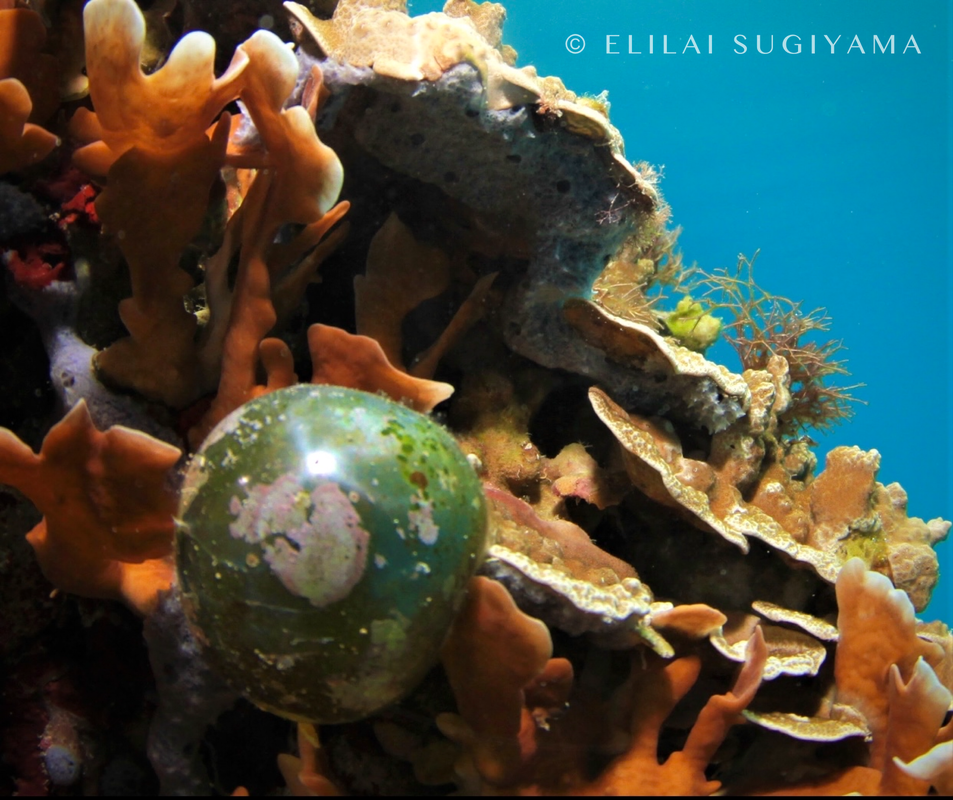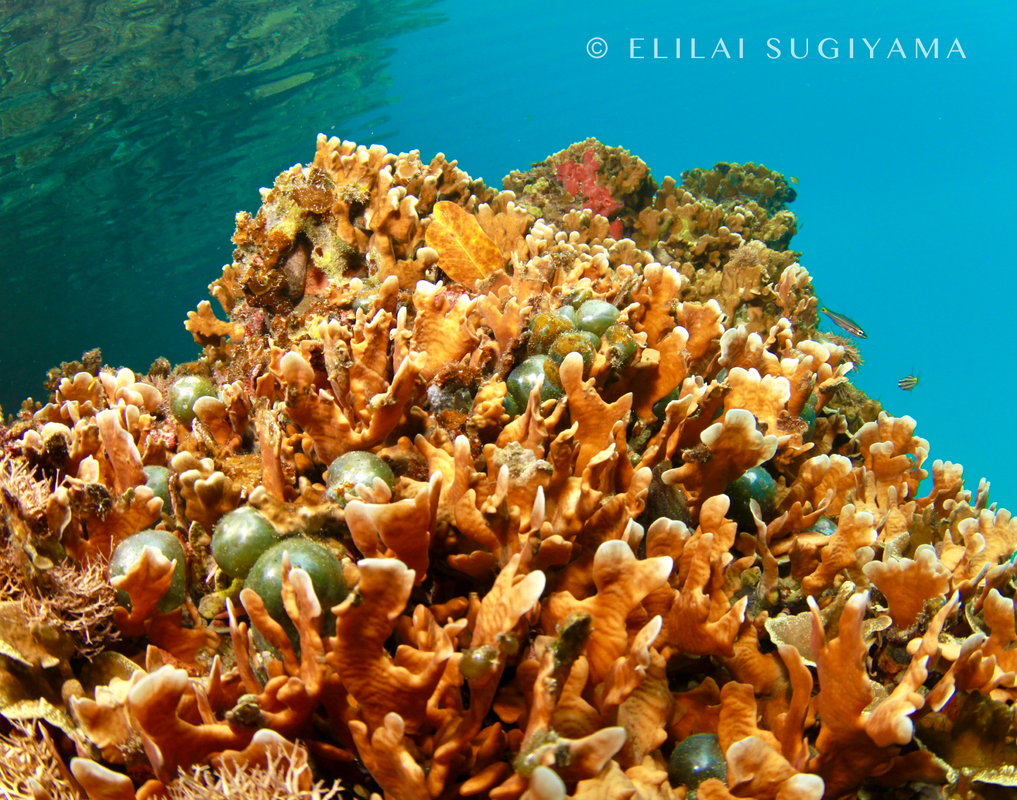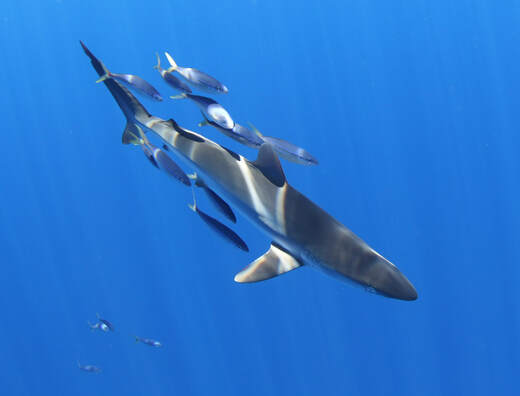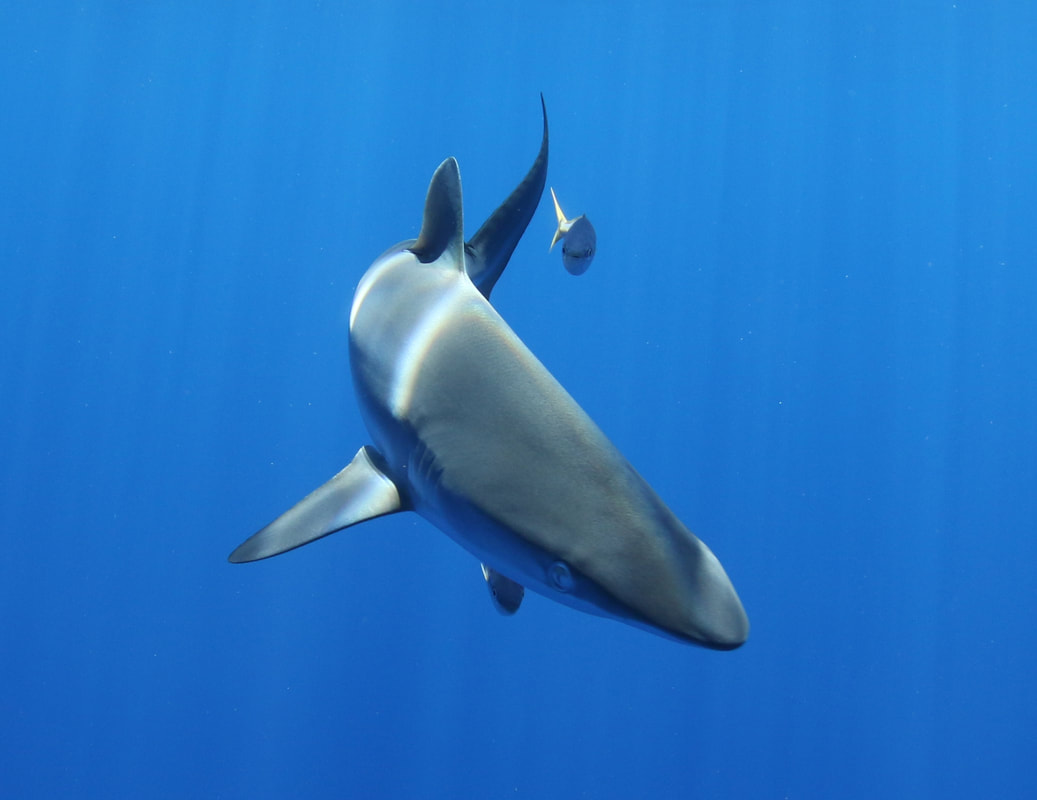|
Have you seen these bizarre bubbles while out snorkeling? They're quite eye-catching as their silver shine sparkles amongst the corals. Can you believe that these are one of the largest single-celled organisms on Earth? This bubble is a type of algae. Valonia ventricosa is commonly known as a sea pearl, bubble algae or a sailor's eyeball. Usually when we hear single celled, we think of microscopic building blocks of life that can't be perceived with the naked eye. This widespread algae species can withstand low light, appearing in tidal zones of tropical and subtropical areas across the globe. Upon first sight of these beautiful glass spheres, you might think you've hit the jackpot. Their unusual bright reflective sheen makes them appear like giant pearls. They can be found in a variety of shades of green from bright emerald to dark moss. They can appear silver, teal or black in the water. Sometimes the sea pearls are covered with a thin layer of lavendar colored algae. The alga forms large, thin walled elliptical sacs. The round sacs are single cells and can grow to 5 cm in diameter, among the largest known. So how does something with a single cell grow so large? The bubble alga only has one cell, but that cell contains parts of multiple cells. This is known as coenocytic organisms. They have many cell nuclei but are not separated by cell walls. This allows the species to grow to macroscopic size and visible enough for us to see. Because of this makeup, there is invasive potential. If you were to pop one, you'll end up with many more. As with all marine life, simply enjoying the beauty of it all is the best practice. By EliLai Sugiyama
0 Comments
Your comment will be posted after it is approved.
Leave a Reply. |
Categories |




 RSS Feed
RSS Feed